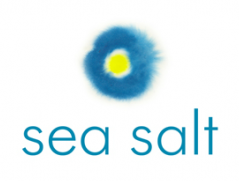The foundations of sensory development are laid down in the first seven years of life and have a direct influence on the growing child’s ability to develop attention, attachment, and self- regulation: capacities essential for formal education. The senses inform us about the physical world. And at the same time, the senses inform us about ourself; we can learn what makes our body healthy and unhealthy. Through our sensory system we take in the world and learn what we need to do to be able to be a part of the world, to develop an ability to share parts of ourself and to experience another.
Each sense has its own sensitivity which can be “hyper” sensitive or “hypo” sensitive. Throughout these articles hyper sensitive means the sense is over active or over sharp, and hypo sensitive means the sense is under active or dull. The care giver may notice a disposition to hyper or hypo sensitivity in any particular sense from when the child is an infant. The sensitivity is independent of healthy organ function. It can also develop or change throughout life depending on the conditions in which a child is raised, including how a caregiver uses their own senses, how they respond to the child as well as the feelings and thoughts behind the response, and the worldly things provided to the child.
To have a harmonised sense is to perceive things as they truly are. This occurs naturally when a child with a hyper or hypo sensitivity has been shown the way through care and the opportunity to experience harmony. As adults we are more able to ask ourselves: can I see something for what it is despite the impact it is having on my sensory system? Through observing and coming to understand hyper and hypo sensitivity we come to recognise that each person has a unique inner life that can be altered according to what is perceived and impressed by the ‘outer world’. When the senses develop with harmonious experiences we can find individual direction and ask ourselves: Where, as an individual, should I place my time, energy and attention?
These articles provides examples to recognise the different levels of perception in each sense. It also suggests activities and home health care that can be used to harmonise the senses. The skin, which is the body’s largest organ, absorbs the substance that is applied to it, and the fine nerve endings that lie just under the skin receive the treatment more directly than if a medicine is given orally. As simple as they may seem, these home health care applications can have a profound effect and influence physical and mental wellbeing.
